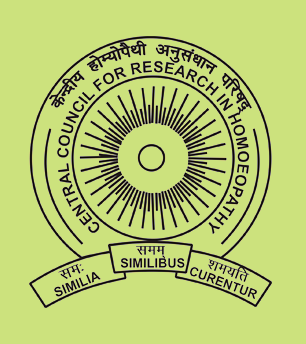Indian Journal of Research in Homoeopathy
Keywords
Drug standardisation, Heliotropium peruvianum L., High performance thin layer chromatography, Homoeopathic pharmacognosy, Physico-chemical
Article Type
Original Article
Abstract
Background: Heliotropium peruvianum L., popularly known as "Heliotrope" in English, is a trailing plant belonging to the family Boraginaceae. The leaves and young aerial parts are used as medicine in headache, tension in inner canthus, pressure in the pit of stomach and sternum, uterine displacement and dysmenorrhoea. Objective: Pharmacognostic and Physico-chemical studies were carried out to facilitate use of correct species and standard raw material to ensure uniformity. Materials and Methods: Pharmacognostic studies of leaf and young stem of Heliotropium peruvianum were carried out. Physico-chemical parameters of the raw drug, viz., extractive values, ash values, formulation, besides weight per milliliter, total solids, alcohol content, along with high performance thin layer chromatography (HPTLC) and ultraviolet visible (UV-vis) studies were worked out for mother tincture. Results: The leaves are elliptically long, dark green above and silvery white beneath. The sides of epidermal cells of leaf in surface view are straight to curved and wavy on the adaxial side and wavy to sinuate on the abaxial side. Papillate cells occur on the adaxial side. Stomata are few, anomocytic and restricted to the abaxial side. Unicellular conical and uniseriate conical hairs with thick walls occur on the leaf. In transverse section (TS), the leaf at midvein is shield like, slightly ridged on the adaxial surface and prominently ribbed towards the abaxial surface. Epidermal cells on the adaxial side are larger and interrupted by large encircling epidermal cells around trichomes. Parenchyma is four to five layered and often contains sphearaphides. The phloem also possesses sphaeraphidal idioblasts. The young stem is oval in TS. Vascular tissue form of a continuous ring. Conclusion: The powder microscopic features and organoleptic characters along with anatomical and Physico-chemical studies, besides HPTLC fingerprinting are diagnostic to establish the standards for the drug.
Digital Object Identifier
10.4103/0974-7168.119109
Publisher
Wolters Kluwer India Pvt. Ltd.
How to cite this article
Subramanian P, Rao P, Sudhakar P, Reddy T, Reddy P. Pharmacognostic evaluation of Heliotropium peruvianum L.: A homoeopathic drug. Indian J Res Homoeopathy 2013;7:103-108. doi: 10.4103/0974-7168.119109



